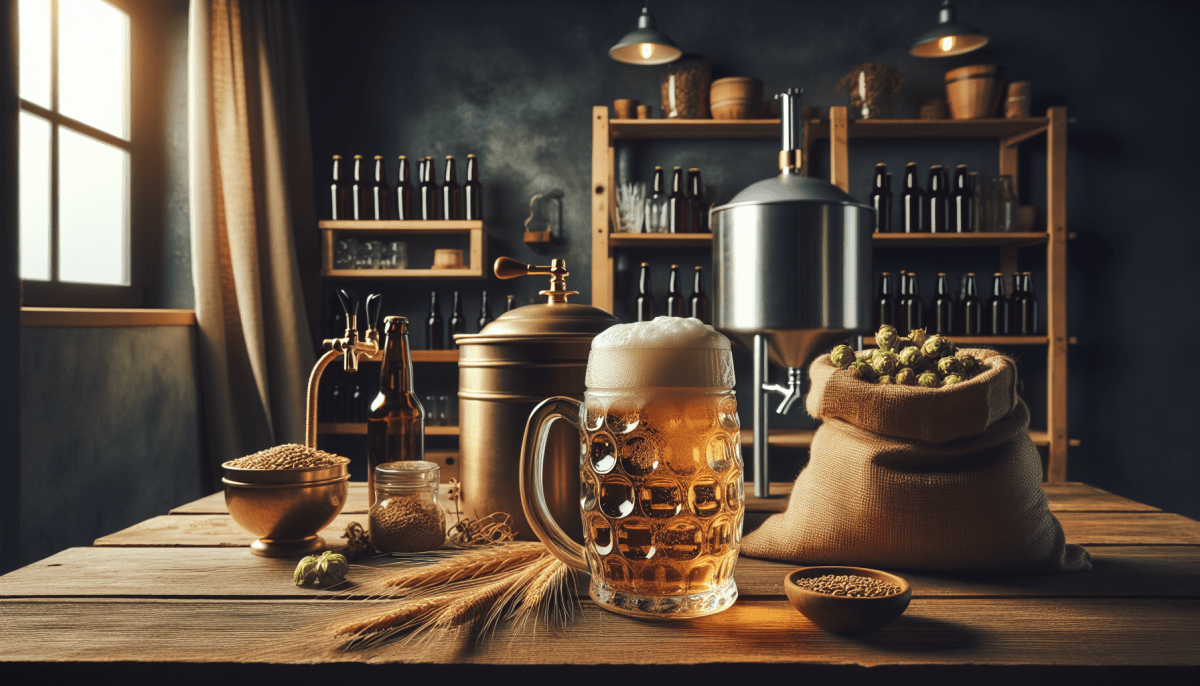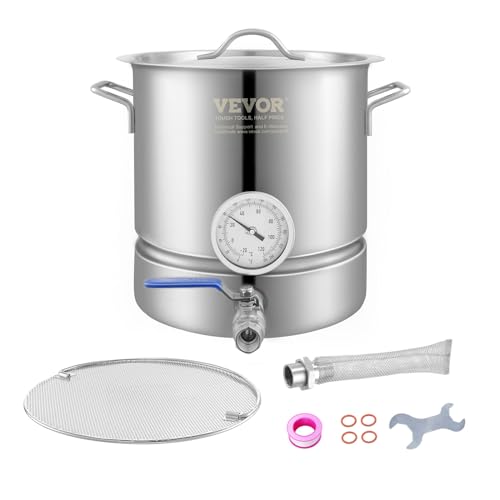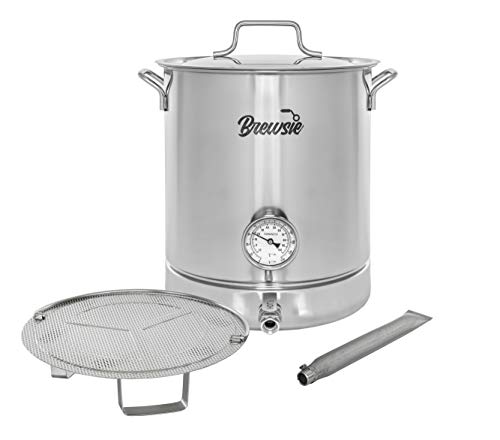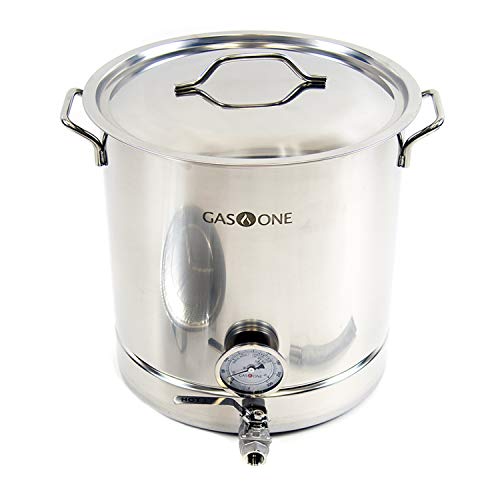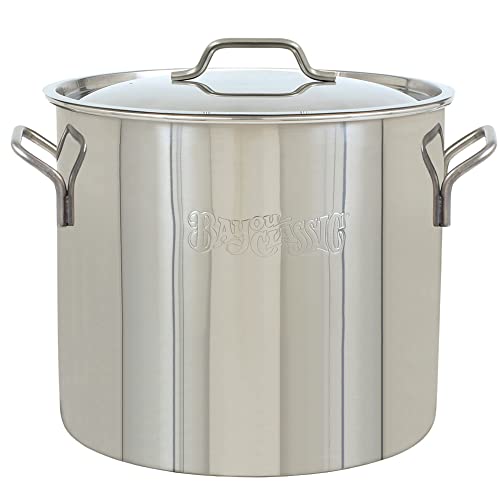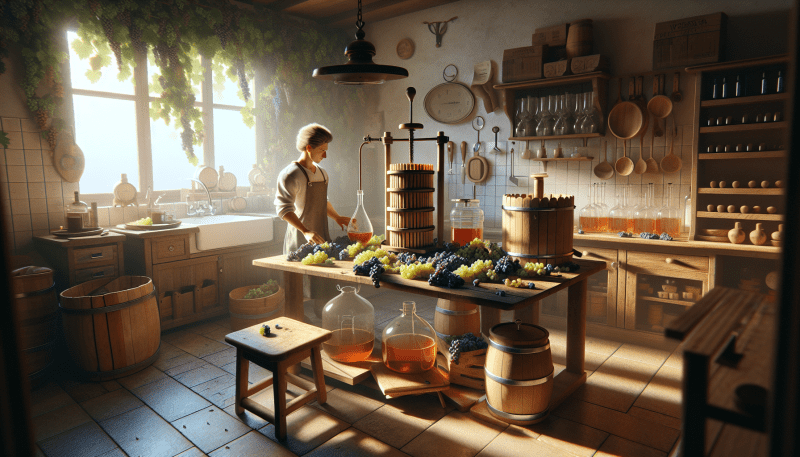So, you want to get into home brewing? That’s awesome! Starting your own brewing adventure at home can be really fun and rewarding. You’ll get to enjoy unique flavors, experiment with recipes, and impress your friends with your homemade beer. Let’s break down how you can get started.
First things first, you need some basic equipment. Don’t worry, you don’t have to go all out at the beginning. A simple starter kit usually includes:
Once you have your gear ready, it’s time to choose a recipe. Start with something simple, like a pale ale or a stout. These styles are forgiving and perfect for beginners. Grab a home brewing book or check out some online resources for recipe ideas. Many recipes will detail the ingredients you need and the steps to follow, so you won't feel lost.
Next, follow the brewing process. It involves mashing, boiling, fermenting, and bottling. Don’t worry if it sounds tricky at first; you’ll get the hang of it quickly. Take it step by step, and remember to keep everything clean. Sanitation is key to avoiding off-flavors. As you brew, don’t forget to take notes. This way, you can tweak your process for your next batch!
After a few weeks, it’s finally time to enjoy your beer. Open a bottle, pour it into a glass, and take a sip. It’s such a rewarding feeling knowing you made it yourself. So, gather your supplies, pick a recipe, and dive into this exciting adventure! Happy brewing!
Essential Equipment for Home Brewers
Jumping into home brewing? There are some must-have tools that will make your journey smoother and more enjoyable. Let’s break it down.
First up, you need a quality brewing kettle. Look for one that’s at least 5 gallons. It'll give you enough space for boiling your wort without worrying about boil-overs. Stainless steel is a safe and durable option that will last you for years.
Then there’s the fermenter. This is where the magic happens! A glass carboy or a food-grade plastic fermenter works well. Glass lets you see what’s going on inside, and it’s easy to clean. Just make sure it comes with an airlock to keep unwanted stuff out while letting gases escape.
Don’t forget about a good thermometer and hydrometer. These little guys help you keep an eye on temperature and measure specific gravity, which is key for tracking fermentation progress. You want your beer to be as tasty as it can be, and these tools are essential for that.
Finally, grab some bottles and caps. You can reuse old bottles, but make sure they’re clean and free of any label residue. Invest in a capper if you don’t have one already, and you’ll be all set to enjoy your homemade brew.
Tips for Perfecting Your Brew
Want to take your home brewing to the next level? Here are some simple tips to help you nail that perfect batch every time.
First things first: clean your equipment! You can’t make great beer with dirty tools. Make sure everything’s sanitized before you start brewing. A little effort now saves you from a bad-tasting batch later.
Next, pay attention to your ingredients. Fresh ingredients make a huge difference. Get high-quality grains and hops, and if you can, use filtered water. The right water can really elevate your brew. And don't forget about yeast; it’s the magic worker behind fermentation.
Temperature control is a must. Keep an eye on your brew’s temperature during fermentation. Different yeasts thrive at different temperatures, and this can impact flavor and quality. Use a fermentation chamber or a simple heat wrap to keep things consistent.
Lastly, give your beer time to mature. It’s tempting to crack one open right after brewing, but patience pays off. Let it carbonate and age for a couple of weeks. The wait makes your beer taste so much better!
Common Mistakes to Avoid When Brewing
Brewing your own beer is an exciting adventure, but it doesn’t come without its bumps along the way. Let’s talk about some common mistakes that can derail your brewing experience and how to avoid them. Keeping these tips in mind will help you nail that perfect brew.
First up, let’s chat about cleanliness. It's tempting to dive right into brewing, but skipping the sanitizing step is a big no-no. Bacteria can sneak into your brew and ruin all your hard work. Always sanitize your equipment, bottles, and anything that touches your beer. You want your brew to shine, not taste funky!
Another mistake is ignoring temperature control. Yeast is like Goldilocks; it wants things just right. If your yeast gets too hot or too cold, it won’t do its job properly. This can lead to off-flavors or a sluggish fermentation process. Invest in a thermometer and monitor those temps as you brew. It makes a huge difference!
Lastly, don’t rush the fermentation process. Patience is key here. It’s tempting to crack open that first bottle after just a week, but giving your brew enough time assures it’s ready to be enjoyed. Letting it age a bit can elevate the flavors. Trust the process and wait it out for the best results!
